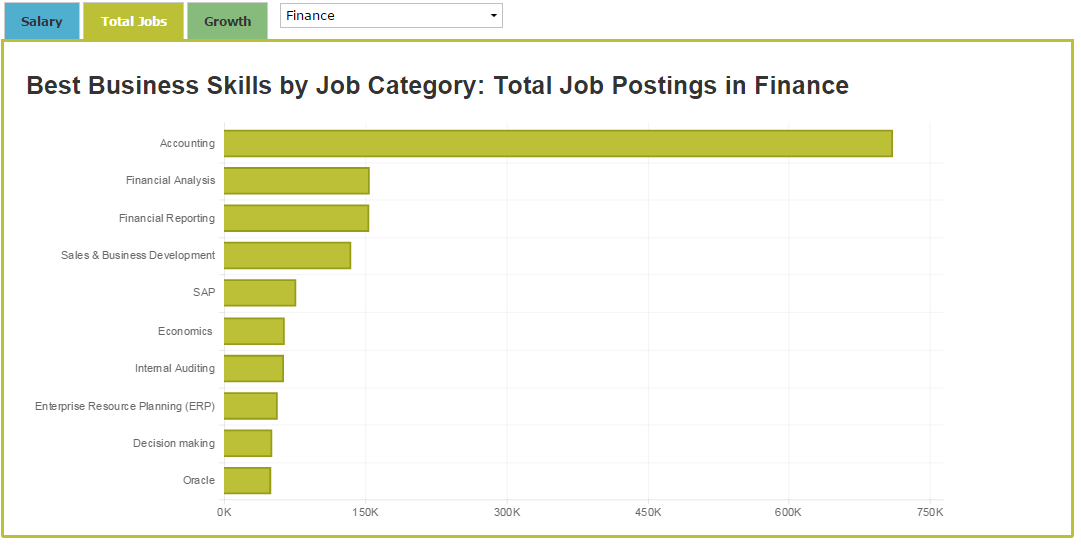Difference Between Micro and Macro Economics with Examples


So, at combination B, opportunity cost is 1 unit. At combination C, for producing additional unit of commodity X, the economy has to sacrifice 2 units of commodity Y. So, at combination C, opportunity cost is 2 units.
- We can also compare India’s macroeconomic parameters like per capita income, inflation etc. with those of other countries like USA, UK, China, etc.
- 1.Unemployment is reduced due the measures taken by the government.
- Taking into consideration the options available with him, find out the opportunity cost of the farmer of feeding one horse.
Give two examples of underutilisation of resources. Supply of skilled labour has increased in India causing a rightward shift in the production of IT software. As we know, goods and services are produced for those who can purchase them or have the capacity to buy them. ‘The guiding principle for an economy here is to allocate resources in such a way that gives maximum aggregate utility to the society. Why do problems relating to allocation of resources in an economy arise? PPC is downward sloping Downward slope of PPC indicates that if the country wants to produce more of one good, it has to reduce the production of other good.
Determination of employment level:
MSMEs have emerged as a key segment both for sustaining growth and as a pool for absorbing bank credit. Macroeconomics is the branch of economics that studies the behavior and performance of an economy as a whole. From the three areas we evaluated, it is clear that the main difference between AP Microeconomics and AP Macroeconomics is in terms of the topics covered in their courses.
To ensure these objectives and goals are effectively met, key execution markers are characterized by the organizations. These KPIs are characterized to quantify execution of a business. Without these markers, it gets troublesome and testing to emerge the targets and objectives of an organization.
Microeconomics focuses on the availability, that determines the worth level of the economic system. It uses the bottom-up approach strategy to analyze the economic system. Microeconomics is the research of financial systems on a small scale – which means it is about the way in which during which economic theories play out when they’re applied to a person, a bunch, or a company.
In addition to components like supply and demand, opportunity price is likely one of the rules of microeconomics. These are the kind of questions microeconomics aims to resolve. Microeconomics can be helpful for studying the effects of your personal selections. One of the commonest principles in microeconomics is alternative cost. Microeconomics seeks to solve issues on a small stage. The determination of the level of employment is studied under macroeconomics but to find out the level of employment in an economy, the employment provided by each and every firm has to be studied.
What are the types of macroeconomics?
These two terms had been at first utilized by Ragner Frisch in 1933. But these two words turned in style worldwide and many of the economist using nowadays. The time period ‘micro’ and ‘macro’ were derived from Greek phrases ‘Mikros’ and ‘Makros’ that means ‘small’ and ‘massive’ respectively. Microeconomics is commonly contrasted with macroeconomics. In this context, microeconomics focuses on particular person actors, small economic items and direct penalties of rational human selection.
What is the difference between microeconomics and macroeconomics quizlet?
microeconomics is concerned with individual markets and the behavior of people and firms, while macroeconomics is concerned with aggregate markets and the entire economy.
In fact, the same matters of study could be relevant to each subjects. For example, consider the problem of price of dwelling in a specific space, and its relation to inflation. The difference between micro and macro economics is simple. Microeconomics is the study of economics at an individual, group or company level.
Due to unemployment in the economy, labour is under utilised . As a result, actual ouput is less than the potential output. The set of government rules and regulations to control or stimulate the aggregate indicators of an economy frames the macroeconomic specify the difference between microeconomics and macroeconomics policy. As you can see, both the Macroeconomics and Microeconomic courses are very similar in terms of their course difficulty level and exam passing rates. After all, you can only excel in something when you are interested in it.
What to produce refers to a problem in which decision regarding which goods and services should be produced is to be taken. Individual actors are often grouped into microeconomic subgroups, similar to patrons, sellers, and enterprise house owners. All goods which are used as raw material for further production of other goods, or for resale in the same year are known as intermediate goods. Such goods are purchased by one firm from the other for use as raw material or for resale.
Definition of Hierarchy plan
It is affected by the wage rate of all labor of the economy. Thus, in the determination of the wage rate of labor, microeconomics is dependent upon macroeconomics. As already concluded, the AP course material difficulty and exam formats for both macroeconomics and microeconomics are very identical, so making a decision based on these factors is a bit challenging.
What is the difference between microeconomics and macroeconomics in shaala?
Macro economics is concerned with the economic behaviour of aggregates in the economy, such as general price level, total production output, national income, etc. Micro economics is concerned with the allocation of resources for the production of particular goods.
By this, economy moves towards full employment and production potentiality of an economy increases. It can be explained with the help of the diagram that PP is at full employment level and due to outflow of foreign capital it shifts leftwards P1P1. PPC is also called opportunity cost curve because each and every point on PPC measures the opportunity cost of one commodity in terms of sacrificing other commodity. Unemployment is reduced due to the measures taken by the government. State its economic value in the context of production possibilities frontier.
Taking into consideration the options available with him, find out the opportunity cost of the farmer of feeding one horse. As water resources are limited in our country, how can we economise the water resources so that it could not cause a future problem for us? If the economy operates inside PPC, it shows full utilisation of resources. But the available resources can be put to alternative uses. Therefore, an economy will always prefer to make use of its resources in production of those goods and services that are most required and sacrifice the production of less- required goods and services. Goods and services are produced at least cost and no resources are wasted.
MBA in digital marketing abroad | Countries, eligibility, and more
Similarly, at combination D, for producing additional unit of commodity X, the economy has to sacrifice 3 units of commodity Y. So, at combination C, opportunity cost is 3 units and so on. By economic growth, we mean that an economy has developed greater capacity to produce larger quantity of goods by acquiring more resources.

Similarly, statistical data on price of a commodity and its demand can help to confirm the theoretical relationship established by economics between the two. We defend this statement because scarcity arises as resources are limited. The resources to produce goods and services to satisfy human wants are available in limited quantities. Land, labour, capital and entrepreneurship are the basic scarce resources. Explain the meaning of opportunity cost with the help of production possibility schedule. Introduction to Micro and Macro Economics The whole economic theory is broadly divided into two elements – Micro economics and Macro economics.
In such case, production will take place at any point on the curve AB, like point F. No, production will take place on PPC, if the resources are either underutilised or inefficiently utilised or both. In such case, production will take place on any point below the curve AB, like point H.
Still another important subject matter of Macro-Economics is, to explain what determines the relative shares from the total national income of the various classes, especially a workers and capitalist. Ricardo and Karl Marx propounded theories, explaining the determination of relative shares of various social classes in the total national income. Afterwards, Kalecki and Kaldor also explained determination of relative shares of wages and profits in the national income. For example, using economic study one may say that agricultural production is falling which is affecting national income or supply of money is rising in the economy. Microeconomics, studies the behaviour of individual economic units of an economy, like households, firms, individual consumers and producers etc. The financial system has a knock on effect on almost every part of individuals’s lives as a nation’s economic nicely-being affects its employment, healthcare, client confidence and so forth.
What is the difference between microeconomics and macroeconomics brainly?
Answer: Microeconomics focuses on supply and demand, and other forces that determine price levels, making it a bottom-up approach. Macroeconomics takes a top-down approach and looks at the economy as a whole, trying to determine its course and nature.
MicroeconomicsMacroeconomicsMicroeconomics studies the particular segment of the economy, i.e. an individual, household, firm, or industry. It is that part of economic theory which deals with the behaviour of national aggregates. It helps to solve the central problem of ‘full employment of resources’ in an economy. The word Macro is derived from the Greek word `Makros’, meaning large or aggregate . Macro-Economics is also known as theory of income and employment or simply as income analysis.
What is the difference between microeconomics and macroeconomics brainly?
Answer: Microeconomics focuses on supply and demand, and other forces that determine price levels, making it a bottom-up approach. Macroeconomics takes a top-down approach and looks at the economy as a whole, trying to determine its course and nature.



